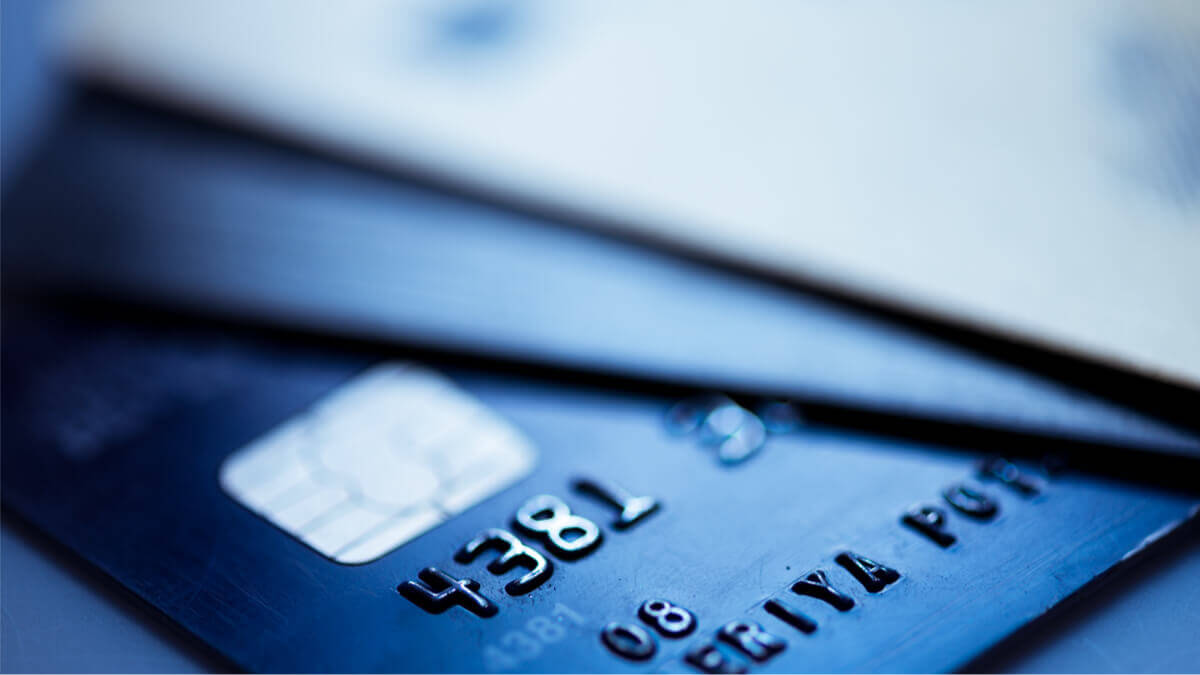Understanding the meaning of APY
Grasp the meaning of APY in banking and CDs with our in-depth guide. Discover how APY impacts your financial choices and maximizes your savings.

Wondering: what is a prepaid card and how does it work? You’re in the right place.
Prepaid cards can be used for spending and withdrawals at home and abroad — with little chance of running up any debts or hitting interest charges.
This guide covers how to get a prepaid card, why you might want one and the fees you’ll want to know about.
And if you’re looking for a prepaid card for international use, we have a bonus — the Wise card. We’ll introduce how Wise can cut your costs as you travel and spend in foreign currencies, a little later.
Probably the key question we need to answer here is: what is a prepaid card?
Prepaid debit cards can be used much like regular debit and credit cards, to spend in person and online, and make cash withdrawals. However, prepaid debit cards are usually linked to a particular account you’ll need to top up — which doesn’t have to be your primary checking account.
Like regular debit cards, any spending is deducted from your balance more or less instantly. But because your prepaid card isn’t linked to your main checking account, you can rest safe in the knowledge that even if it were to be compromised — or if you lost your card somehow — you can easily block the card through the card provider's app.
Because prepaid cards operate like debit cards rather than credit cards, you won’t have any bill to pay at the end of the month, plus no interest or penalty fees to worry about.
Just top up your card to the amount you want to spend, and use it wherever your card network is accepted.
Prepaid cards usually don’t require any credit check — that makes them accessible for individuals with little credit history in the US, or with a poor credit score. They can also make it easier to budget as you can only ever spend the funds you’ve added to the card in the first place.
Finally, prepaid cards often come with extra perks which makes them more attractive to particular customers.
The Wise card for example, lets you hold and exchange 50+ currencies with the Google exchange rate, and spend any currency you hold, fee free.
That makes it a top pick with travelers and anyone who shops with international retailers online.
| Please see Terms of Use for your region or visit Wise Fees & Pricing for the most up to date pricing and fee information |
|---|
You’ll need to add money to your prepaid card before you can use it. This often can be done online, although some cards also offer cash top up facilities.
Once you have a balance, you can often view and manage your transactions through an app — and you can spend your money just as you would with any other debit card. Just tap or swipe with merchants, add to mobile wallets, or make withdrawals.
You’ll find lots of free prepaid cards on offer. However, this usually means they’re free to get — but not necessarily free to use. That makes it very important to check over the full range of costs you might pay when you transact.
To give you an idea of what to look out for in your card’s terms and conditions, here are some of the key fees you’ll pay with one popular option — the Western Union prepaid card.
With this card, there’s no card purchase fee — and if you’d rather have some fee-free transactions you can choose an account with a monthly fee which includes a bundle of free transactions every period.
| Depending on the plan you pick, you may pay¹: |
|---|
|
Prepaid cards do not usually require a credit check, and your spending habits are not reported by the card issuer to credit bureaus.
This means prepaid cards won’t make any difference to your credit score.
Not convinced by prepaid cards? Here are some pros and cons that are worth considering:
| ✅ Pros | ❌ Cons |
|---|---|
|
|
Prepaid cards offer the convenience of using any payment card, with no need to worry about blowing your budget or getting hit by interest charges.
Some cards also have specific features which make them more attractive to certain customers — such as offering multiple currencies.
The main downside to prepaid cards is the potential costs. While many cards are free to get, they’re not all free to use.
Fees vary very widely, so it’s important to review the full details for any card you select before you start spending.
How you get a prepaid card will depend a little on the specific card you pick. You’ll usually be able to order a card online, and some providers also let you pick up a card in person at a store or agent location.
Here’s the basic outline of what you’ll need to do:
Step 1. Compare a few cards and pick the right one for you
Step 2. Apply for a card online or in person, by giving your personal details
Step 3. Get verified — usually by uploading or showing your photo ID
Step 4. Add funds to your account online or in person
Step 5. You’ll be able to collect your card, or have it mailed to you, to start spending
If you’re just starting to look for a new card, here are a few providers to consider:
- Wise card
- Revolut card
- Western Union Netspend MasterCard
- Walmart Moneycard²
- Movo Digital Cash³
A prepaid card has features of a debit card. You can only spend the money you load on the card — which means no interest charges and bill to pay at the end of the month.
Prepaid cards are safer than carrying a lot of cash — although you’ll need to take common sense precautions like keeping your PIN safe.
Many prepaid cards have a partner app you can use to freeze and unfreeze the card, review your balance and get transaction notifications.
This can also add an extra layer of security as you’ll always be on top of what’s happening with your money.
You’ll usually be able to use a prepaid card wherever the card’s network is accepted. That should mean you can use it abroad just like here in the US. However, there’s one important difference to watch out for — fees.
Many prepaid cards have a hefty foreign transaction fee which applies every time you spend or withdraw in a foreign currency, plus extra charges for using an ATM abroad. This can push up your costs significantly.
If you’re looking for a prepaid card to use abroad, consider getting a specialist card like the Wise card, or the Revolut card.
Both of these cards allow you to hold multiple foreign currencies, with easy ways to convert your funds to the currency you need.
You can then spend currencies you hold on the card for free — just like a local wherever in the world you may be.
| Read further: best international prepaid debit cards guide |
|---|
If you need a prepaid card for international use, check out the Wise card.
Hold 50+ currencies in your Wise account, and exchange between them with the mid-market exchange rate.
With the Wise card there’s no interest or penalty fee to worry about — just top up in USD and switch to the currency you need, or let the card do the heavy lifting for you, by automatically converting to the right currency, with the lowest possible fee.
Wise cards can be used in 170+ countries around the world, so no matter where you’re headed, Wise is there to help.
Get ready for your next trip
with the Wise card
| Please see Terms of Use for your region or visit Wise Fees & Pricing for the most up to date pricing and fee information |
|---|
There are lots of different prepaid debit cards out there, which all offer different features and fees. Use this guide to get started, and you’re sure to find the perfect card for your specific needs.
Sources:
Sources checked on 02.14.2023
*Please see terms of use and product availability for your region or visit Wise fees and pricing for the most up to date pricing and fee information.
This publication is provided for general information purposes and does not constitute legal, tax or other professional advice from Wise Payments Limited or its subsidiaries and its affiliates, and it is not intended as a substitute for obtaining advice from a financial advisor or any other professional.
We make no representations, warranties or guarantees, whether expressed or implied, that the content in the publication is accurate, complete or up to date.

Grasp the meaning of APY in banking and CDs with our in-depth guide. Discover how APY impacts your financial choices and maximizes your savings.

Discover what FDIC insurance is, its limits, and the types of accounts it covers. Learn if your money is safe in banks, credit unions, and with CDs.

Understand the key differences between APR and APY, and how they affect your savings accounts, CDs, and even crypto investments.

Electronic money, or e-money, is a simple way to send, spend, and receive payments online. As we start to move away from cash or checks, e-money transfers are...

Wise is an online account that lets you spend abroad with your Wise card. To protect your account, we follow a set of rules set by regulatory agencies in...

Your full guide to finding the ACH routing number for your bank